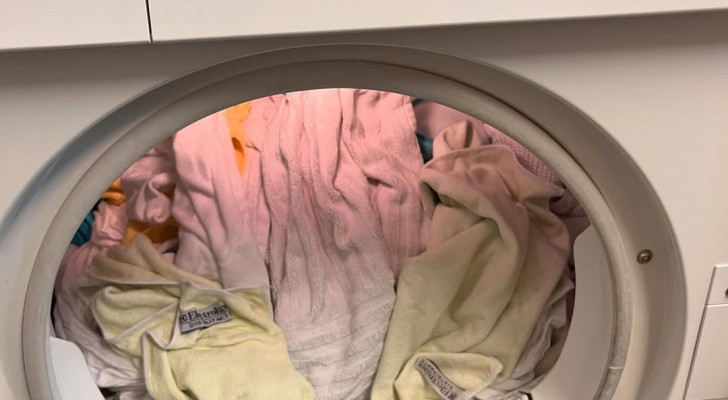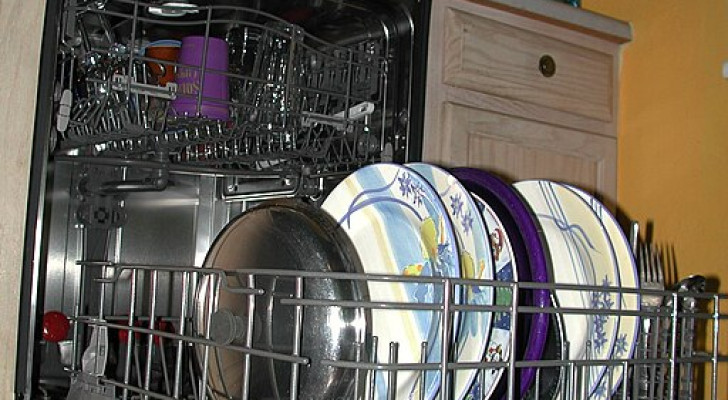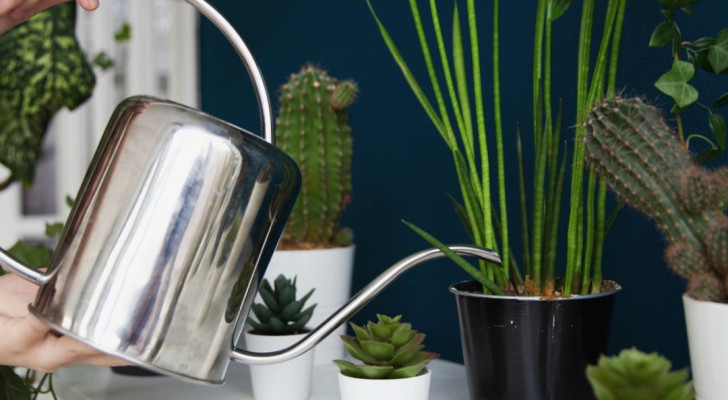Dishwasher detergents: a guide to their correct use for great washing results
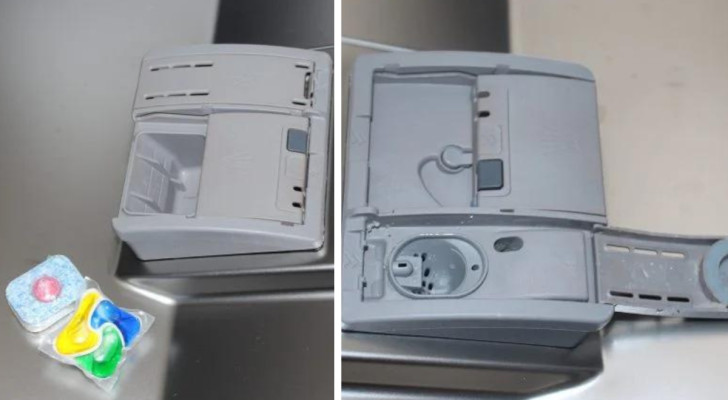
As a gel, powder, pod, capsule or tablet, the range of dishwasher detergents is vast. Each brand manufacturer recommends how to best use their product to get great results, but you can easily do this with almost any decent product - as long as you know how to use the product correctly!
So what is the correct procedure for using dishwasher detergents? Well, keep reading to find out:
To each their own: types of detergent and their uses
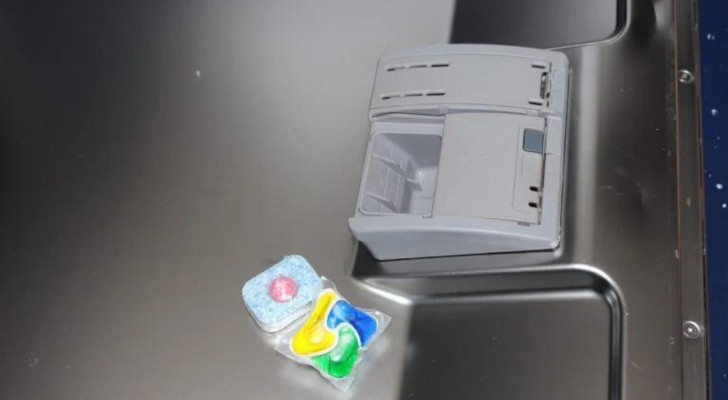
Let's start with fundamentals: whatever your choice, the dishwasher detergent must such that it can be placed in the appropriate, properly functioning detergent dispensing drawer. Some dishwashers - especially older ones - have a small, side dispenser which is filled with a small amount of detergent for pre-washing purposes. The compartment to the side is intended for rinse aid.
So, which type of detergent should you choose and how should you use it?
- Tablets or pods/capsules: these are pre-measured and often also contain rinse aid, salt and other "brighteners". Tablets are undoubtedly the most convenient product to use, but are not very eco-friendly. They typically require long washes at high temperatures to dissolve properly. Additionally, they must be handled with care, avoiding contact with wet skin;
- Powder: it is preferable to use powder for high-temperature cycles, especially as percarbonate (usually found in powdered detergent), is only activated at above 40 degrees C. Powder also dissolves more gradually, making it suitable for long washing cycles. That said, over time, powder residue can build up and damage the dishwasher. So, the key is to use powder in moderation;
- Gels or other liquid detergents: gels dissolve almost immediately and are therefore suitable for short washing cycles and low temperatures. Gels are non-abrasive and have a slightly alkaline pH makeup, which is less aggressive on decorative cutlerly and cockery.
Dishwasher additives
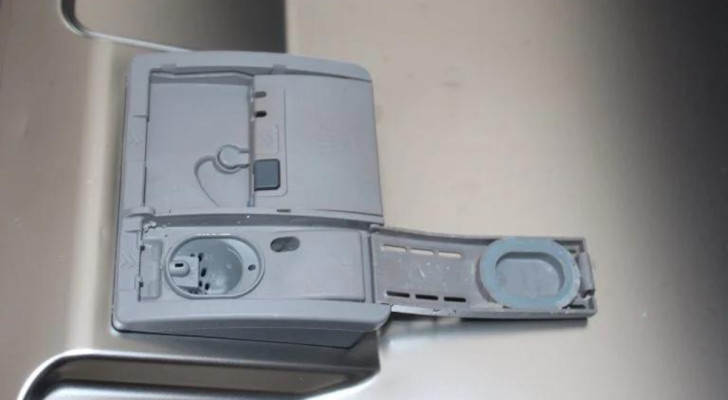
So, what about other dishwasher additives? There are 3 main additives and these are detailed below:
- Salt: salt is necessary to soften the water to prevent limescale build-up (which causes poor washing efficacy and damage to the dishwasher). Salt must be placed in the dedicated compartment at the bottom of the appliance marked with an S-shaped symbol and using the manufacturer's supplied salt funnel;
- Rinse aid: rinse aid is useful for removing water from cutlerly and crockery and speeding up drying time. Rinse aid will also help to shine glasses and crockery and reduce streaking. The rinse aid liquid must be poured into the compartment next to the detergent compartment (and is usually marked with a small sun icon). A DIY rinse aid can be made by combining 200 grams of citric acid with 800 ml of demineralized water;
- Dishwasher cleaner: this is a specific product for cleaning the dishwasher itself andis usually hooked onto the cutlery basket before starting an empty wash cycle at high temperature. A DIY version can be made by using a cup of sodium bicarbonate or a cup of lemon juice or citric acid.
Were you aware of the correct ways to use of dishwasher detergents and additives?


